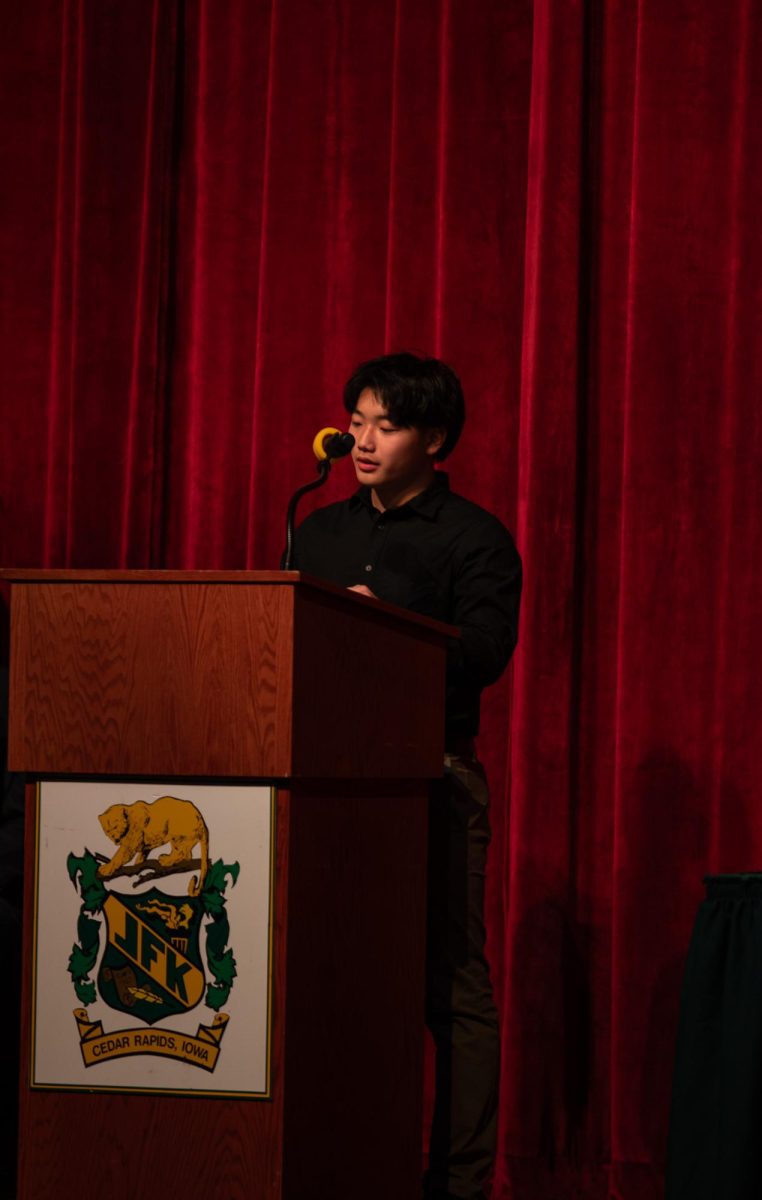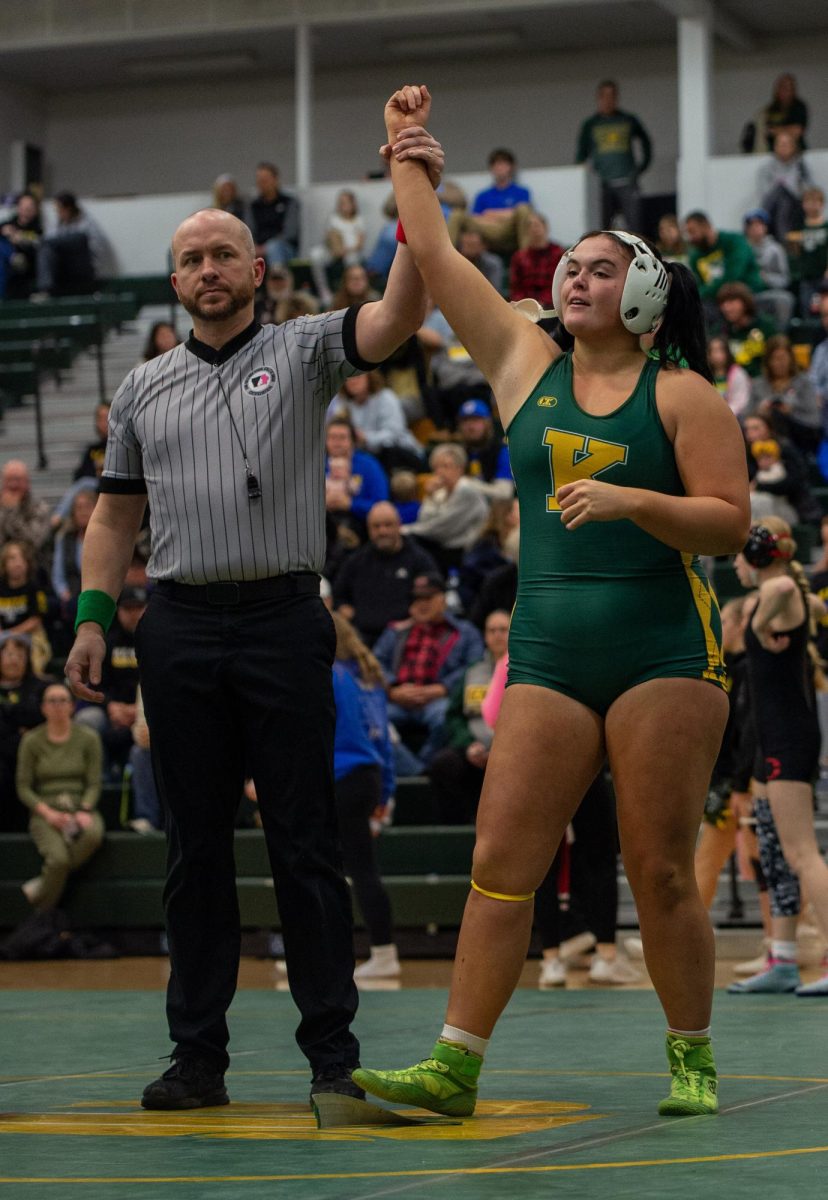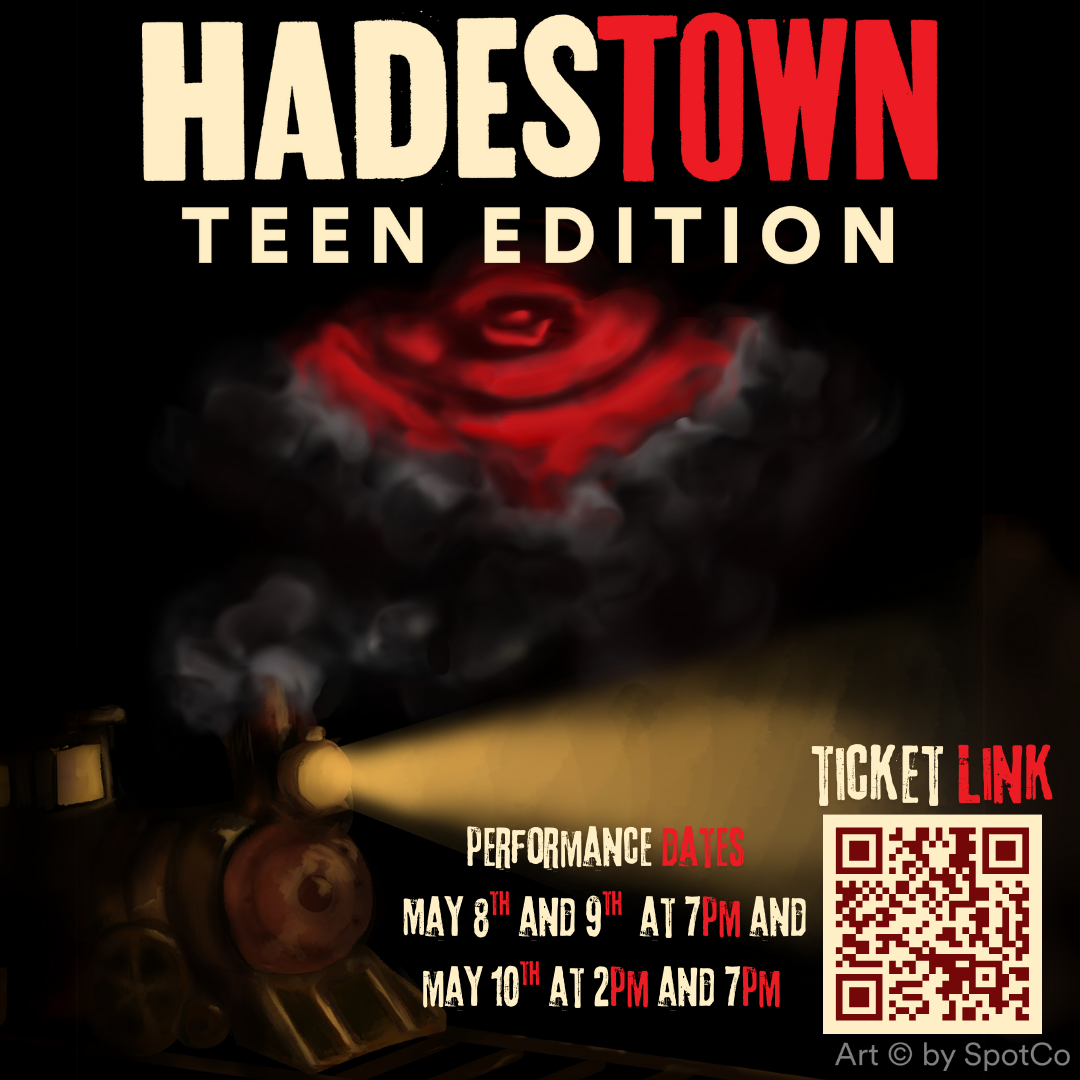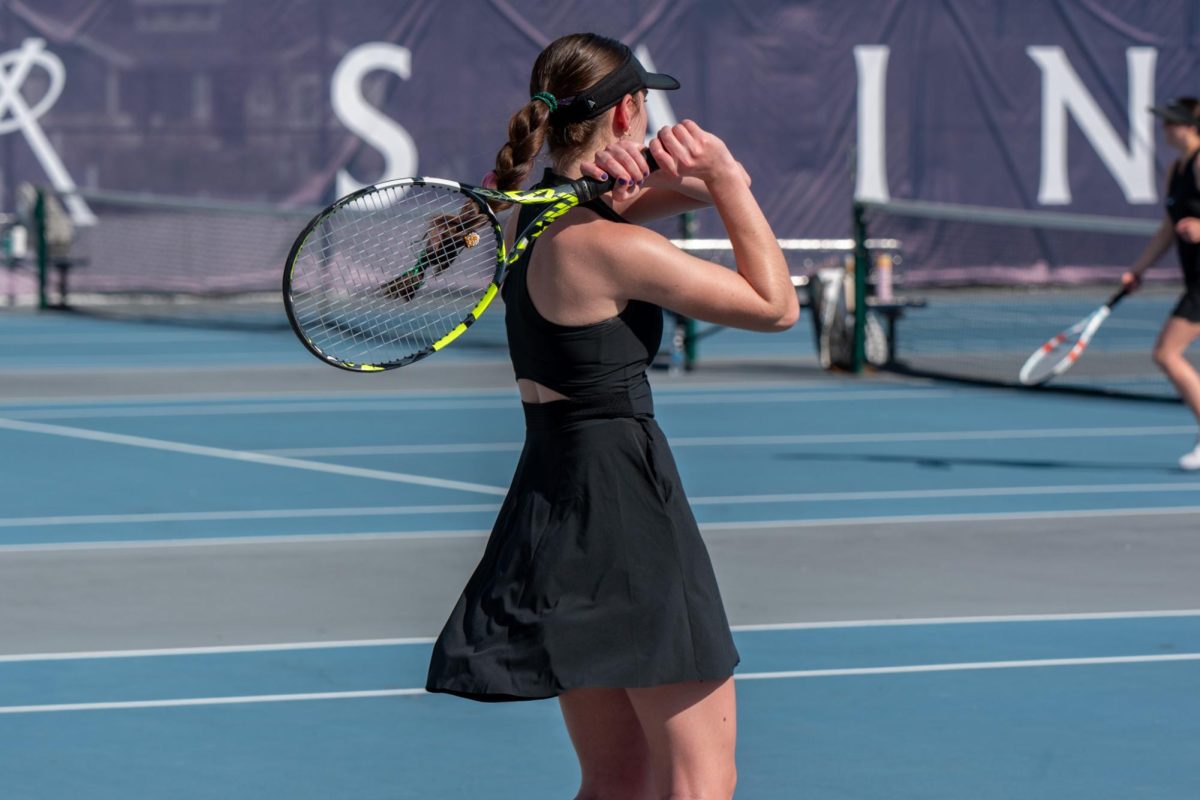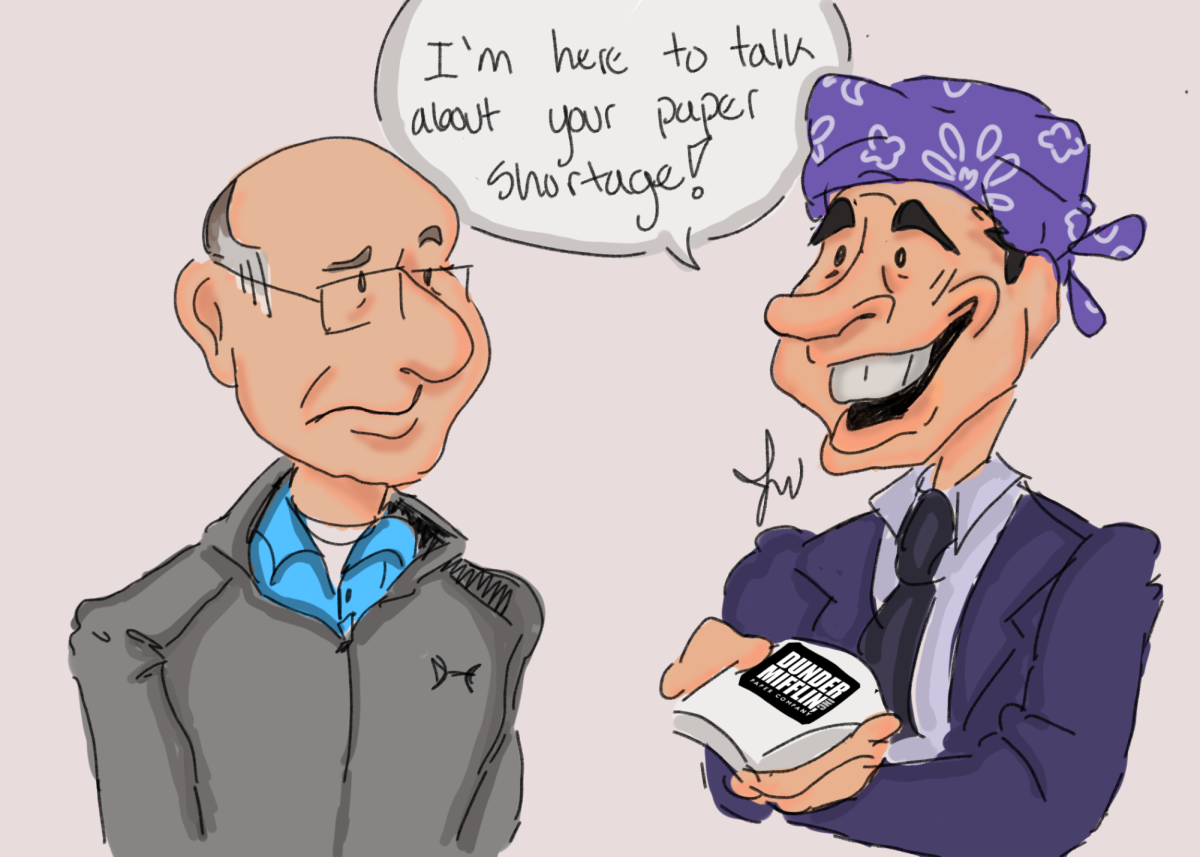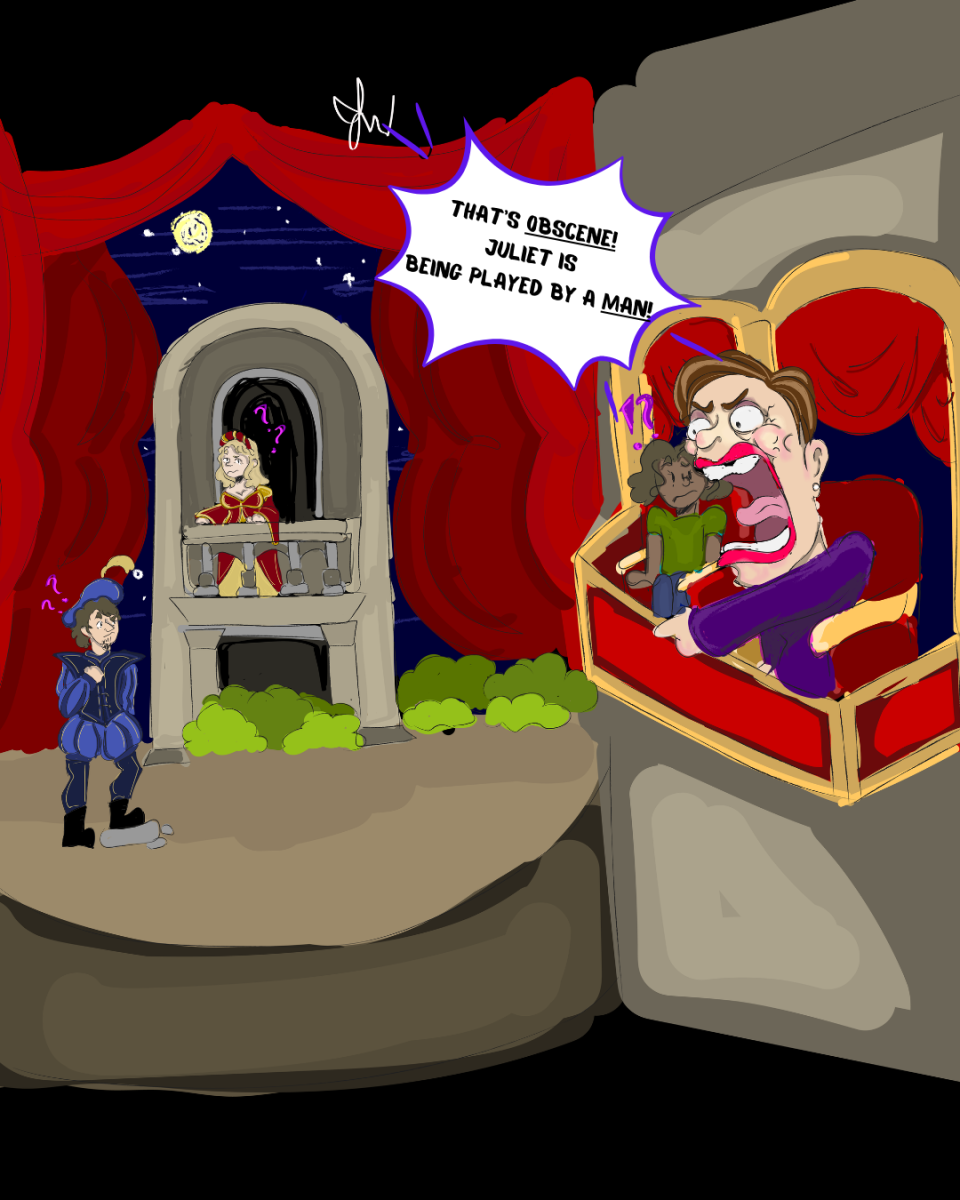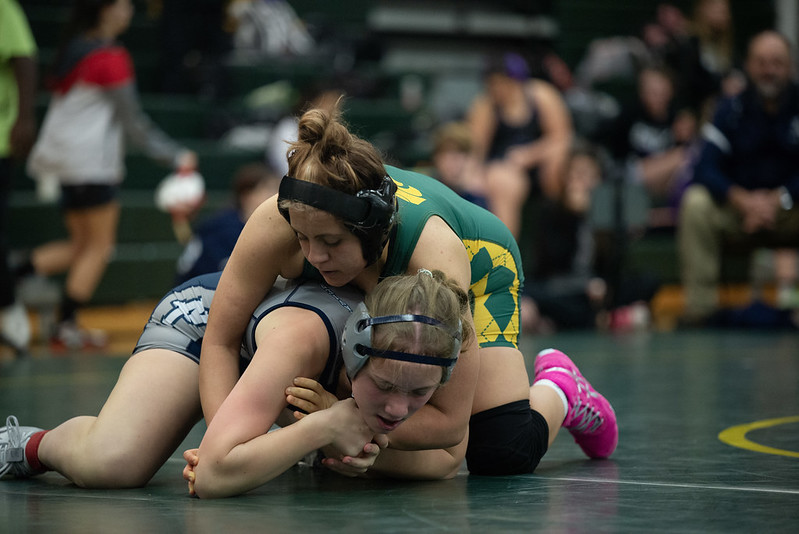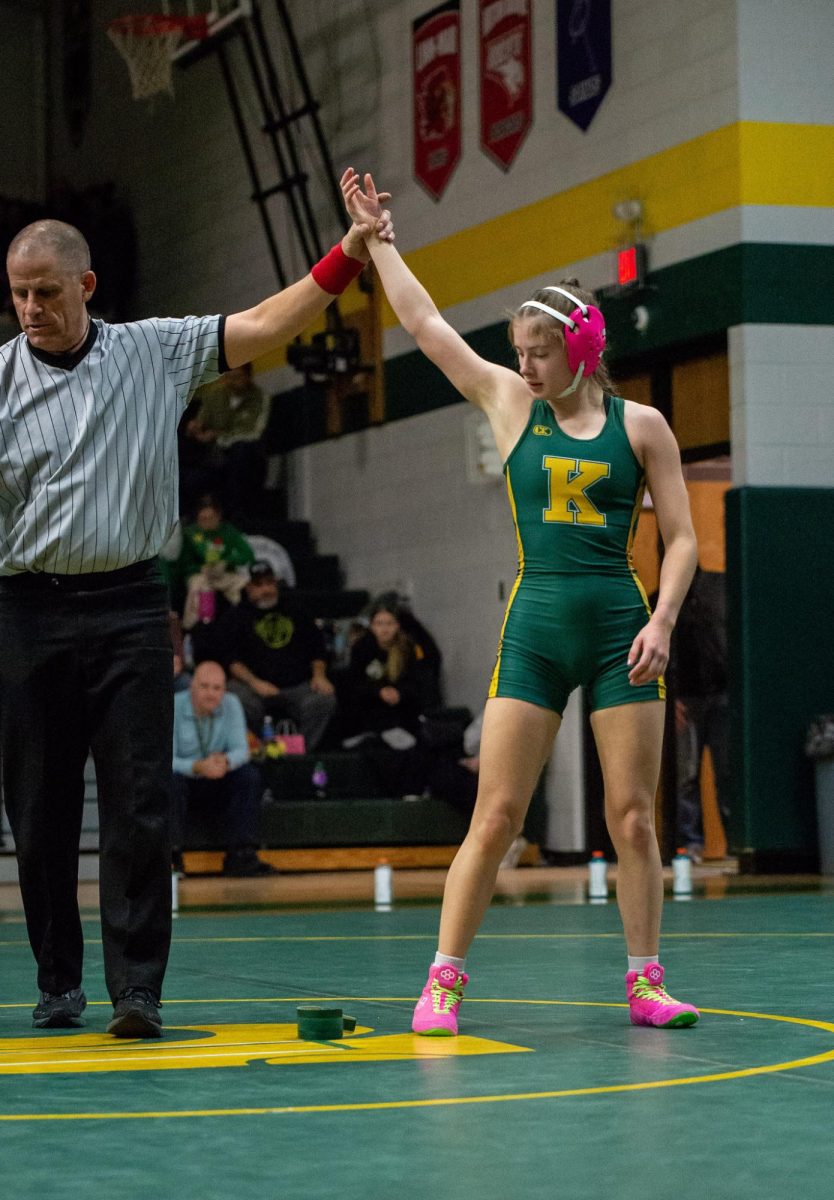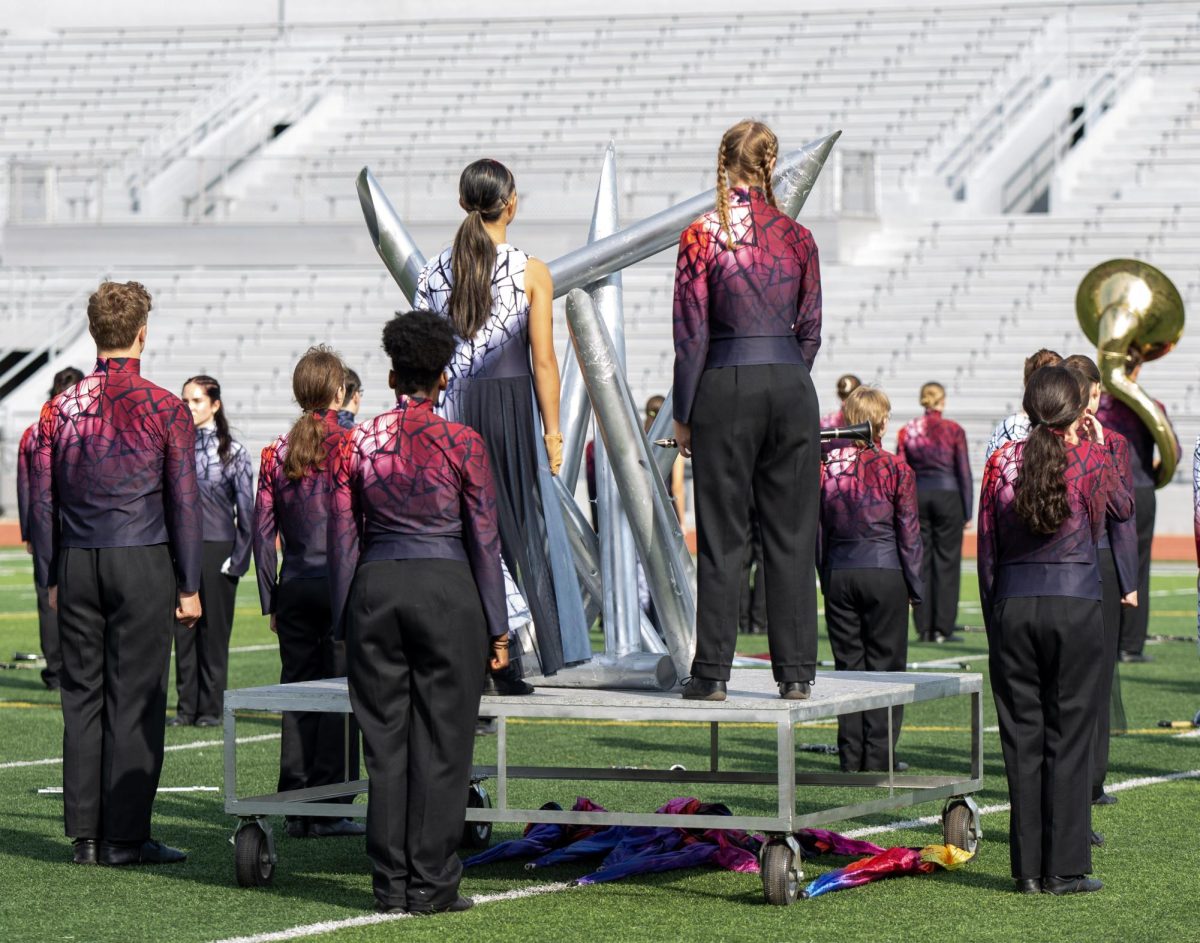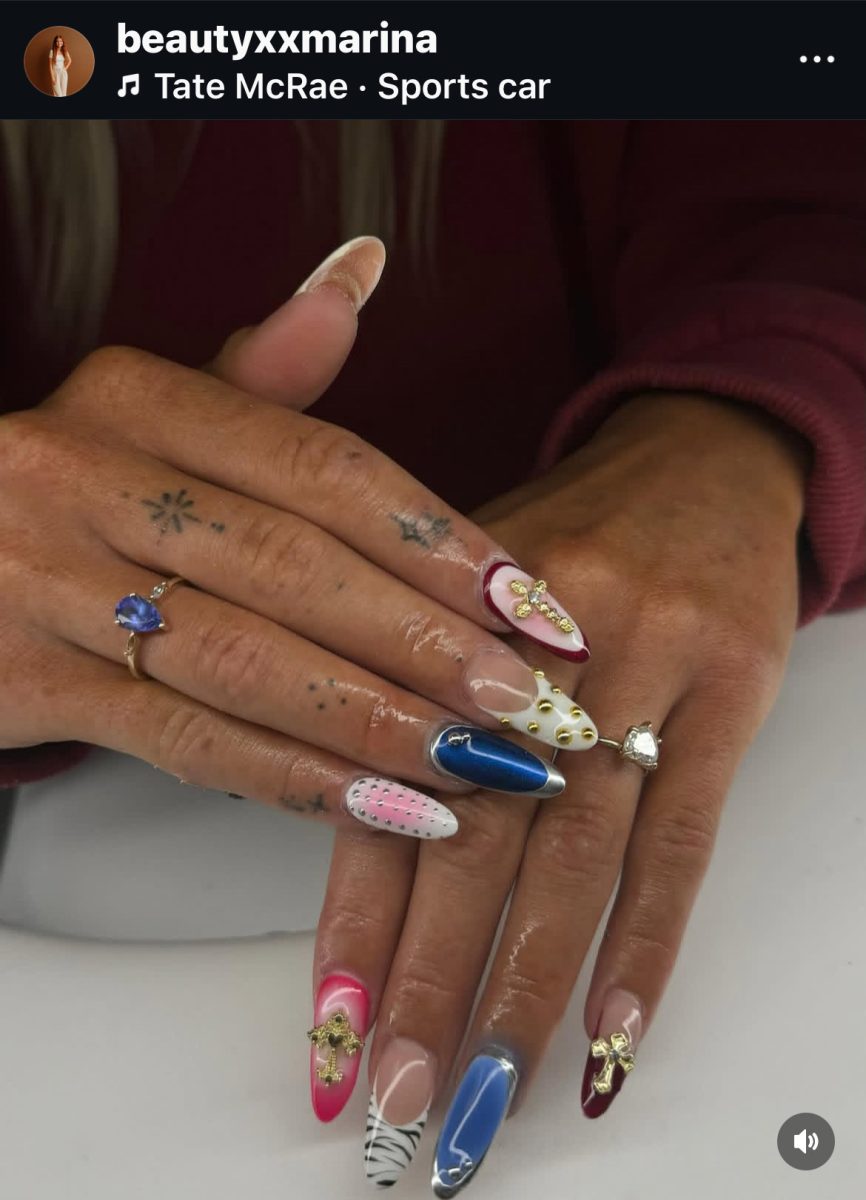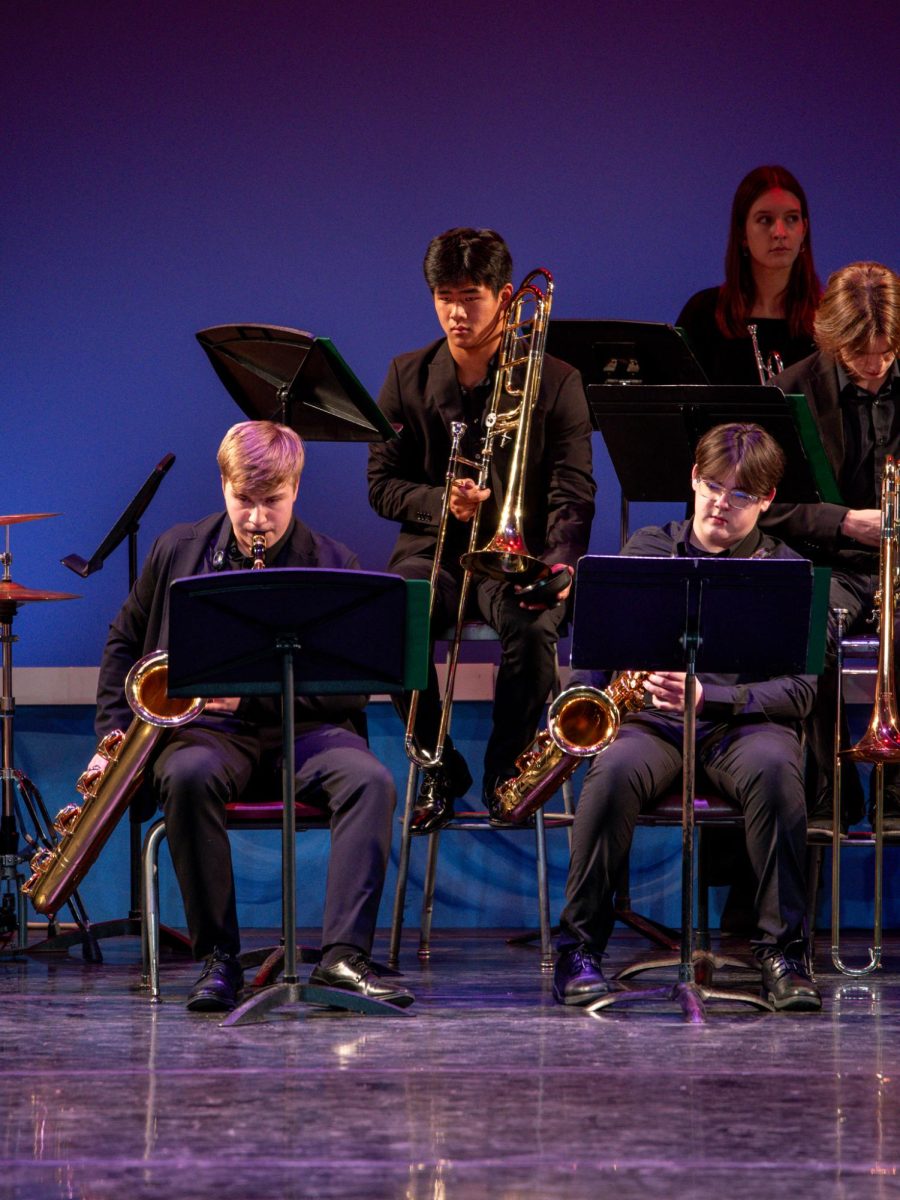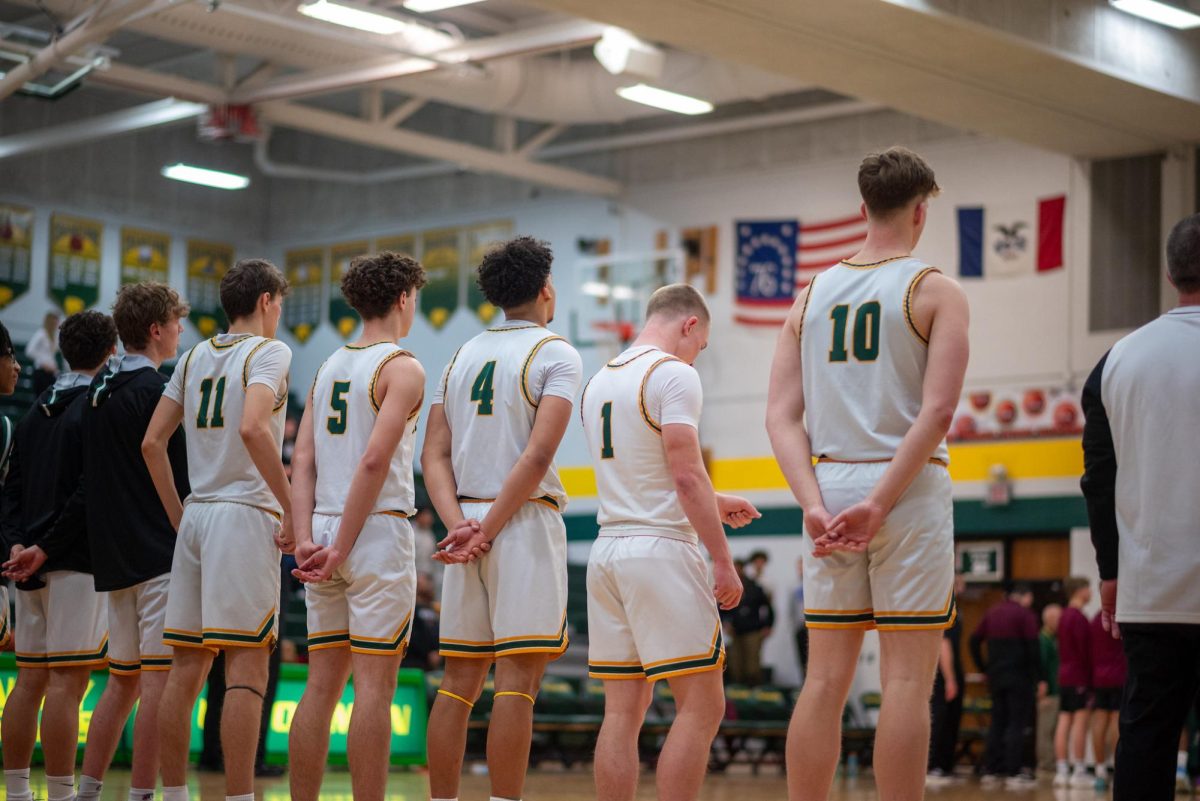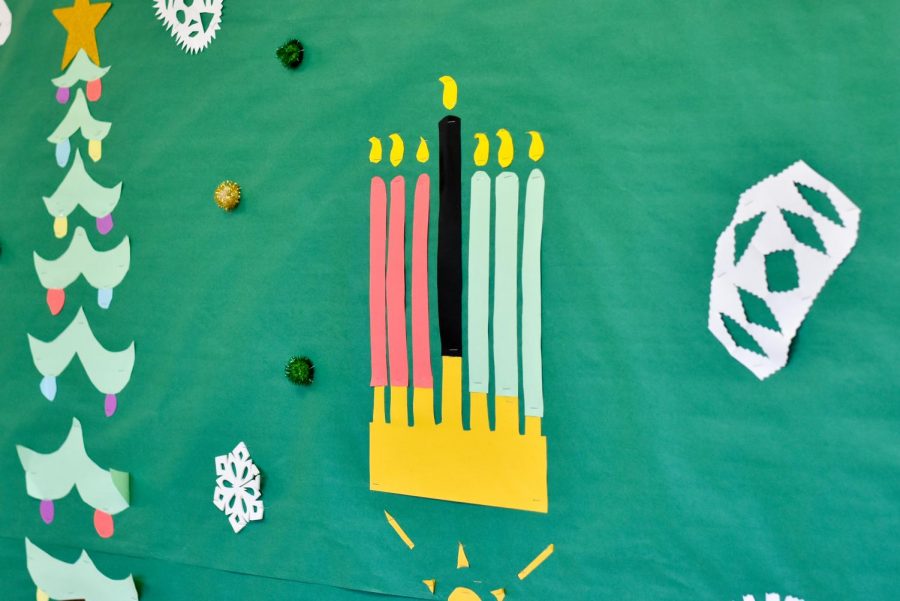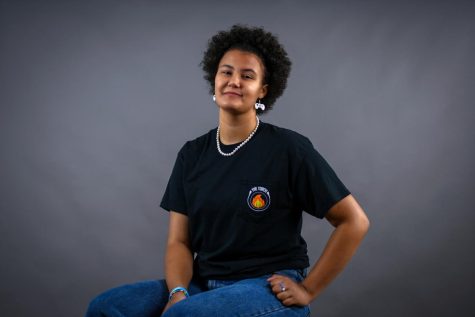Move Over Christmas, Here Comes Kwanzaa
December 25, 2021
Most of the world’s population knows the tale of the magical St. Nicholas, also known as Santa Claus. As parents have told their children for decades, Santa Claus is a jolly old man dressed in a red suit and fuzzy hat who delivers presents throughout the night.
Other holidays are celebrated during winter too, but they are not as commonly known as Christmas. Another holiday is Kwanzaa. In 2021, Kwanzaa will begin on Sunday, Dec. 26.
Kwanzaa was created by Maulana Karenga in 1966. It is meant to confirm the validity of the culture, heritage and bond of African Americans.
The term “Kwanzaa” originates from the Swahili phrase “Matunda ya Kwanza.” According to History.com it means “first fruits.” This holiday is celebrated with songs, poetry and much more.
A large feast called Karamu normally takes place on Dec. 31.
Kwanzaa lasts seven nights. Each night consists of different principles or “Nguzo Saba.” These seven principles are values of African culture and reinforce community among African people.
Candle lighting happens nightly, starting with the black candle in the center of the kinara. When the appropriate candle is lit for the specific night, certain principles are discussed.
The different types of principles celebrated during Kwanzaa are Unity (Umoja), Self-Determination (Kujichagulia), Collective Work and Responsibility (Ujima), Cooperative Economics (Ujamaa), Purpose (Nia), Creativity (Kuumba) and Faith (Imani).
Alongside these seven principles are seven symbols. According to an article from The Gazette, the first symbol is the crops, also known as Mazao. The crops symbolize the African harvest celebrations and good outcomes of working together to achieve a goal.
The second symbol is the mat, or Mkeka. The woven material in the mat represents African American history, tradition and culture.
The third symbol is the candle holder, Kinara. The kinara is symbolic towards African Americans’ roots to Africa.
The fourth symbol is corn, Muhindi. The ears of corn symbolize children and the future.
The fifth symbol is the unity cup, Kikombe cha Umoja. As a whole, the cup represents the first principle, unity.
The sixth symbol is the seven candles, Mishumaa Saba. The candles symbolize the seven principles of Kwanzaa.
The seventh and final symbol is gifts, Zawadi. The gifts represent the love, labor and commitments of parents to their children.
Though Kwanzaa is primarily celebrated by African Americans, many other countries partake in the holiday’s traditions and celebrations.

